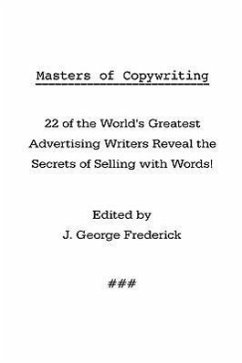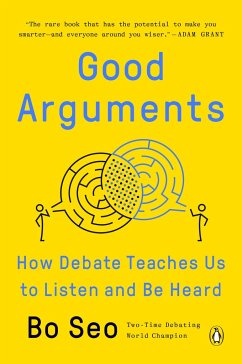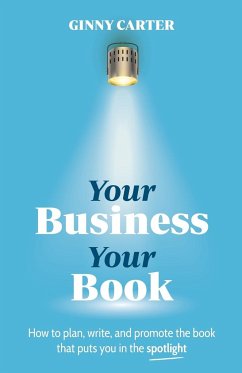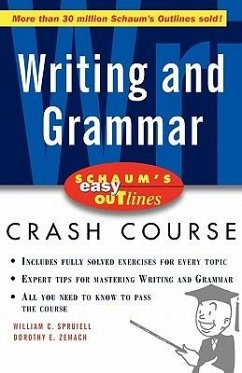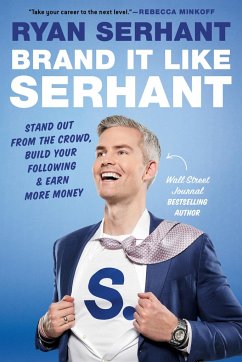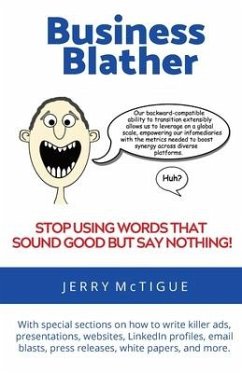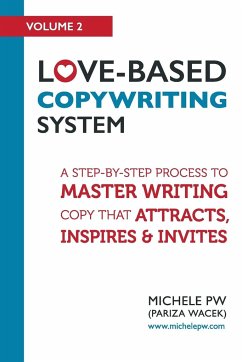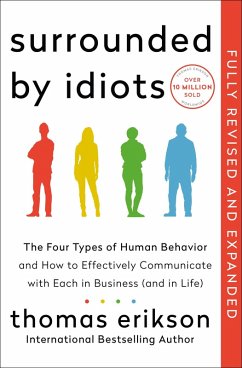
Practical Strategies for Technical Communication
Versandkostenfrei!
Versandfertig in über 4 Wochen
139,99 €
inkl. MwSt.
Weitere Ausgaben:

PAYBACK Punkte
70 °P sammeln!
Practical Strategies is the best way to keep up with all types of writing required in today's constantly changing workplace. It covers everything you need to know about audience and purpose, document design, research, style, and more.



